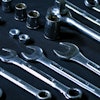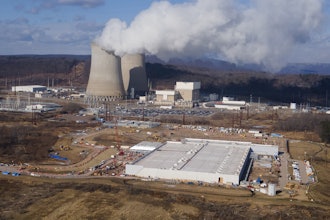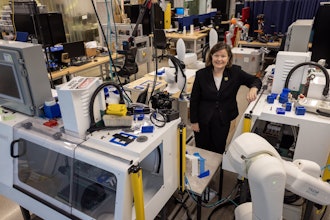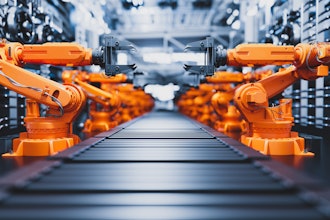Bearings, in the context of this article, are pieces of equipment usually used to reduce friction in a machinery’s moving parts. The most popular ones are circular, but there are actually many kinds of bearings you’ve probably never heard of. They are applicable to all sorts of machines and equipment. For instance, you'll find them in cars, appliances, airplanes, and even computer chips. So let's look at six types of steel bearing and their applications.
1. Sliding Bearing
These bearings allow a shaft to move linearly. The seat is on smooth surfaces and provides minimal friction, making them the preferred choice for things like window assemblies and refrigerator doors.
Ball-bearings are dominant and have a long history of usage. However, it's worth noting that bearings are not always in the form of the classical ball-bearing shape as there are also slide bearings that tend to have a rectangular base. Their assembly needs structural pads, slide bearing plates, and low-friction surfaces.
2. Spherical Roller Thrust Bearings
Spherical roller thrust bearings are used in heavy equipment that requires excellent load capacity. The advantage of this type of bearing is its high load-carrying capability, even under severe sloping conditions.
Spherical roller thrust bearings are explicitly designed for high-load applications and have been proven in some of the most demanding industrial environments on earth.
They're made from durable steel that's resistant to corrosion and wear, so they'll keep running smoothly even when faced with extreme conditions like salt water or oil spills.
These tough rollers are also self-lubricating, which means less maintenance time and fewer headaches down the line. They have curved surfaces to help them handle high-speed radial and thrust loads. They're well-designed to minimize wear, so you can keep your equipment running smoothly for years to come.
3. Needle Bearings
Unlike ball and roller bearings, the load goes onto needle bearings, not between them. They can be significant in many different types of equipment and machinery. They're tiny, so they're often used when space is an issue. Needle bearings made from steel are usually coated with PTFE or other non-stick coatings to help them run smoothly.
4. Angular Contact Ball Bearings
If you need a bearing with high precision, angular contact bearings are what you're looking for. They can handle side loads and carry heavy radial loads at the same time. To make it easier to adjust their clearance, most models have adjustable cages or cups. They make great choices for applications like machine tools and robots.
Angular contact ball bearings are crucial in cars, motorcycles, and bicycles, among other things. They're made of either steel or ceramic and can be found in both shielded and unshielded varieties.
5. Spherical Plain Bearing (Self-Aligning)
Spherical plain bearings typically have bearing rings or housings surrounding them. This type of steel bearing can accommodate heavy loads on the shafts it's mounted on, and its spherical shape makes it easy to position components without worrying about alignment. It has a high load-carrying capacity and is often vital in gearboxes.
6. Spherical Track Roller Bearing (Self-Aligning)
Spherical track roller bearings have an application in linear guide systems like conveyor systems, where they're mounted directly to the system's frame. They perform well in both radial and thrust loads, so they make good choices for conveyors that move heavy loads at high speeds.
The spherical shape makes them ideal for self-alignment, making it easy to mount them into the guide tracks. These bearings are made of solid metal alloys that resist corrosion, making them an excellent choice for conveyor systems in harsh industrial environments.
The list is extensive when we talk of steel bearings, such as needle bearings, spherical bearings, and many others. It's significant to know that not all bearings resemble the ball-bearing shape as the invention has brought about more options. There are specific applications that depend primarily on physical attributes, such as strength and size in each type.






















